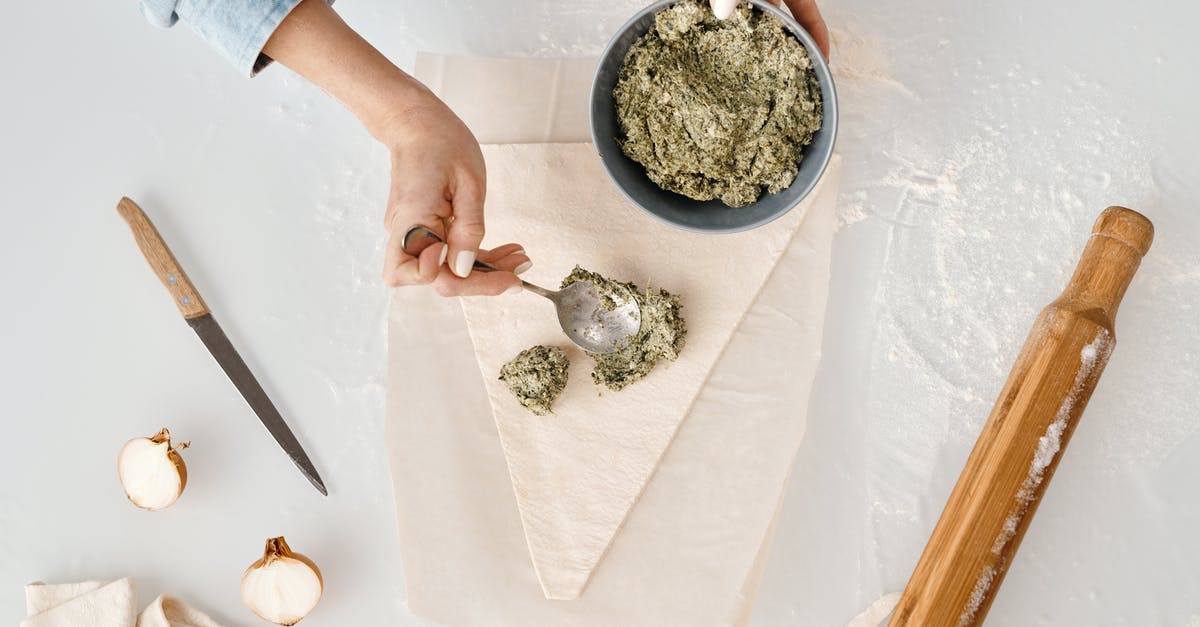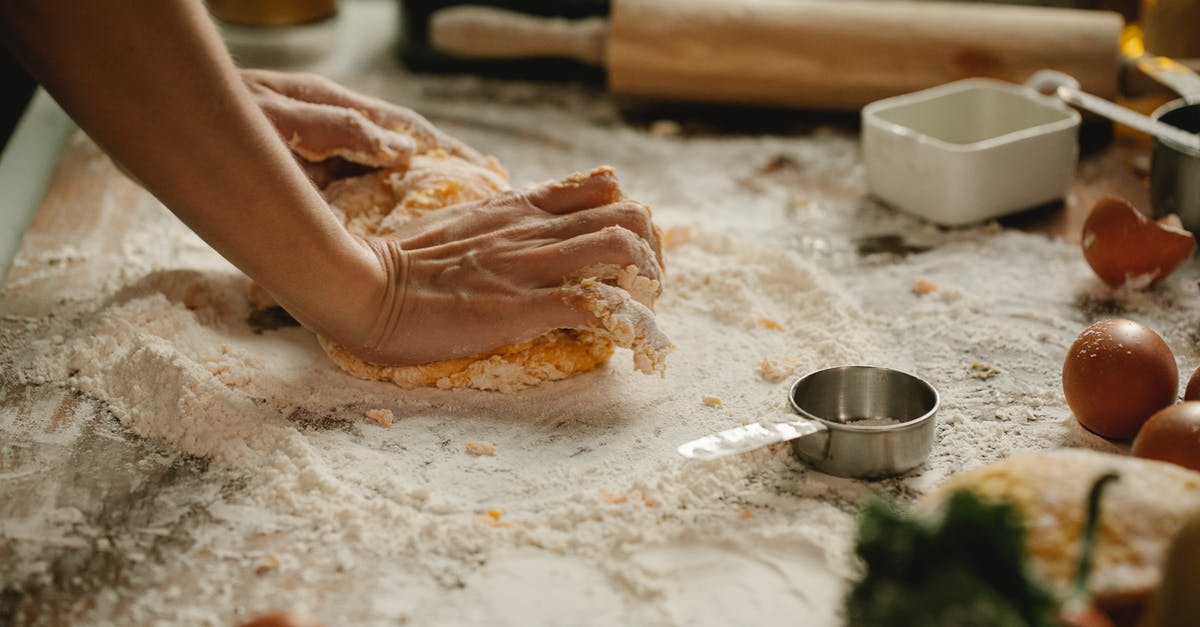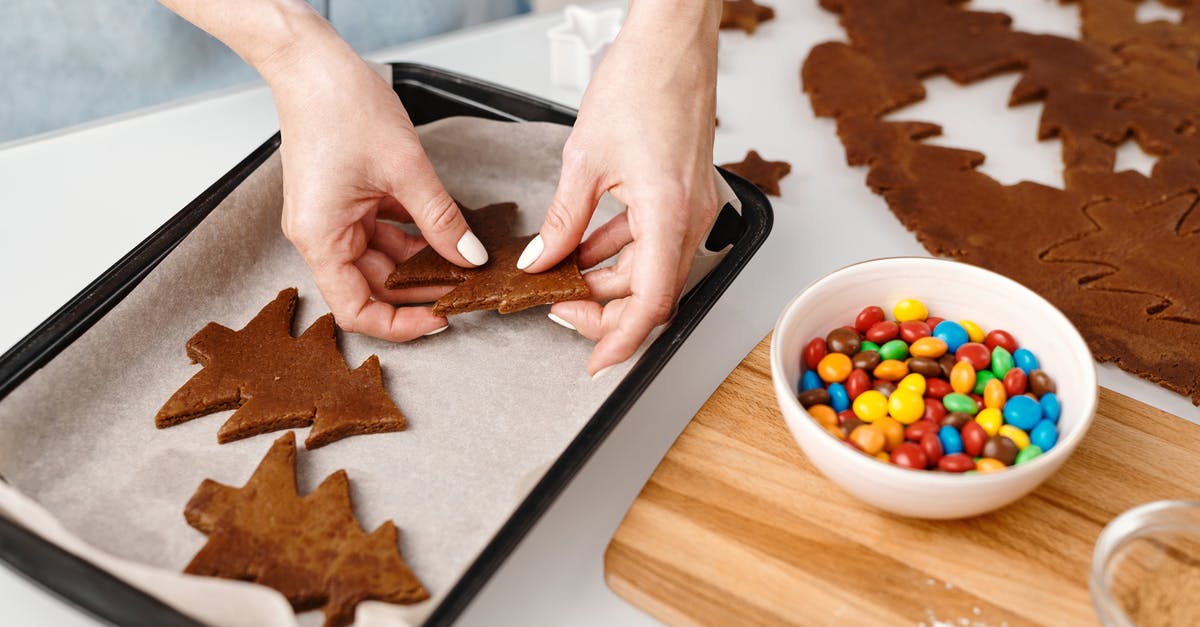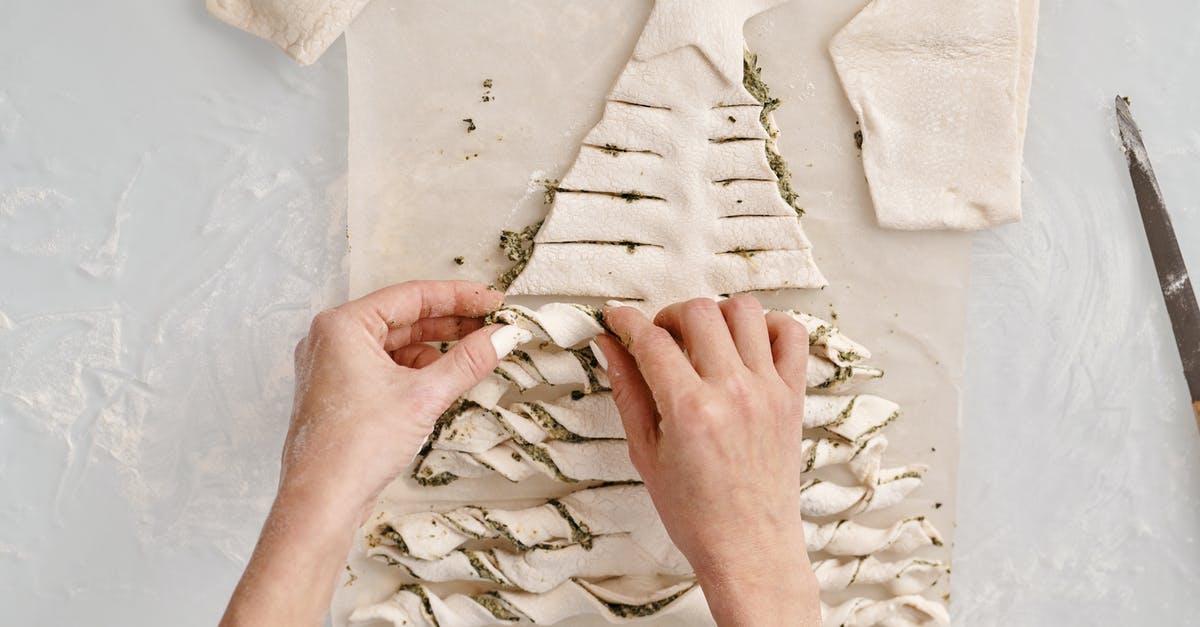How can I keep the shape of my free-form bread dough when it is rising?

I have been trying to bake my own Italian bread, French bread and Rolls. I have found many tasty recipes but I keep having the same problem so I'm guessing it's my technique somewhere. Please advise your thoughts.
The dough always has considerable spread during the rising time. Instead of rising UP it spreads out. It's not that it rises and then falls. It just seems not to gain much height.
Thanks.
Best Answer
Jay's answer of a couche is great for relatively long loaves like baguettes or even ciabatta. For oval or round loaves, however, you'll need support on more than two sides. In that case, the solution is a basket known as a banneton or brotform (depending on which language you prefer to make your bread in). Again, they are not for baking -- you dust them with flour and then gently flip them to get the dough out right before baking. (Note that this is how bakers often make those lovely patterns of rings of flour on the top of their loaves.)
If you don't use either, you may still be able to achieve greater height by shaping more fully. Many people have been cautioned by various books to shape very gently and avoid degassing. I spent years producing flabby flat loaves this way, thinking that the key to loaf height was avoiding degassing and letting the bubbles grow. But it's often the opposite: by leaving the bubbles too big and shaping gently, you don't stretch the gluten enough to provide support and the yeast actually grow more slowly since they are immersed in their own waste product gases. (The only time to shape gently is if the yeast isn't strong enough to raise the dough again, which can sometimes happen with long sourdough fermentations or with very rich doughs like brioche, for example.)
While it's good advice to avoid unnecessary degassing (you don't actually want to "punch down" the dough to shape it), the main way to achieve a tall loaf is by having a very taut "skin," and that generally can only happen if you shape forcefully to stretch that "skin" multiple times. When I make free-form loaves without a banneton or other support, I generally:
- Cut the dough into pieces after bulk fermentation.
- "Preshape" the loaves roughly into rounds or ovals by folding repeatedly to tighten the "skin." (Stop when the skin feels taut, and definitely stop if it tears.)
- Bench rest for 10-15 minutes. (This allows the gluten to relax, before being stretched one last time.)
- Shape very tightly, again being sure to pull the skin quite taut.
For more shaping advice, I'd recommend looking at Jeffrey Hamelman's Bread: A Baker's Book of Techniques and Recipes, which devotes a 30-page chapter to shaping techniques, with a lot of drawings to illustrate the individual steps for each particular loaf shape. (He also has another entire chapter on braiding techniques.)
Also, to increase the "strength" (elasticity) of the gluten in the dough, you could also try incorporating "stretch-and-fold" manipulations periodically during your bulk rise. This will prepare the gluten even more before shaping.
Lastly, using a baking stone or steel can help in inflating the dough fast enough in the oven before it has a chance to spread even more: you want the bubbles in the dough to blow up like a balloon quickly during baking. If they bake too slowly, the bubbles can collapse or the gluten will stretch out and allow the dough to slacken before the crust hardens.
Pictures about "How can I keep the shape of my free-form bread dough when it is rising?"



Quick Answer about "How can I keep the shape of my free-form bread dough when it is rising?"
Spreading out in the oven is an obvious possibility, especially if you aren't using a loaf pan or other form of bakable confinement. To prevent your bread dough from spreading while baking in the oven, it's a good idea to use a baking stone and a well pre-heated oven.Why does my bread dough not hold its shape?
If dough hydration is too high, the dough will be too slack to hold its shape. Try adding a little more flour or a little less liquid to the dough.How do you get dough to hold its shape?
To sum it up there are many reasons why your sourdough feels loose and does not hold its shape, but the most common reason is due to an under developed gluten network which is caused from inadequate mixing. Keep mixing times close to the 5-7 minutes when using a spiral mixer and about 8-10 minutes if hand mixing.How do you shape bread after first rise?
When yeast is active in your dough it eats away at starches and sugars and releases gasses. These gasses are then trapped inside your dough by the gluten mesh that has been created. If your gluten mesh is not fully developed it will not be able to supposer those gasses and thus resulting in a flat or collapsed bread.24: How to stop your dough from spreading out flat! - Bake with Jack
More answers regarding how can I keep the shape of my free-form bread dough when it is rising?
Answer 2
A lot of free form bread will generally need a little support when it is rising. The tool to use in this situation is a baker's couche. Essentially it's thick cloth typically made of flax linen to support the sides of the dough. The flax linen is flexible enough to form around the dough but thick enough to hold its form.
This is one example of a baker's couche.
Sources: Stack Exchange - This article follows the attribution requirements of Stack Exchange and is licensed under CC BY-SA 3.0.
Images: Nicole Michalou, Klaus Nielsen, Nicole Michalou, Nicole Michalou
